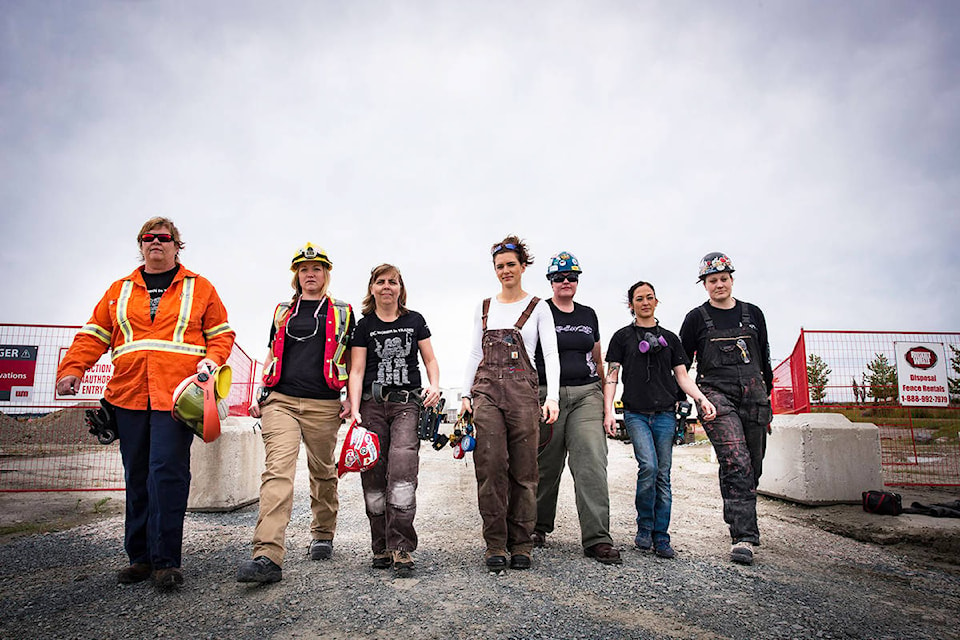With Labour Day upon us, perhaps it’s as good a time as any to to re-think the role of women in careers related to construction.
While it’s estimated by BuildForce Canada, which tracks construction trades trends, there is an urgent need for new construction workers. The group estimates that more than a quarter million new construction workers will be required in Canada in the next decade alone.
But BuildForce recognizes that, in order to achieve that number, old stereotypes about gender have to be set aside.
In his 2017 book We Build BC: History of the BC Building Trades, Jim Sinclair sums up the current situation in the colourful statement: “In the skilled construction trades, women are almost as rare as unicorns.”
But Sandra Brynjolfson and Julia Ballantyne are among a legion of women tradespeople trying to change all that.
“The skilled trades represent great jobs for women,” says Ballantyne, a refrigerator mechanic. “Women can earn a family-supporting salary and there are even opportunities for advancement into leadership roles.”
Brynjolfson, an electrician, agrees.
“It’s extremely rewarding as a career. I’ve worked on some major projects around the province, like the Canada Line SkyTrain, and I never get tired of seeing what I helped build.”
But Brynjolfson and Ballantyne remain in a significant minority on any construction or maintenance project.
In B.C., women represent less than five per cent of the construction trade workforce. In other skilled trades, that number is even smaller.
Meanwhile, other industries and sectors such as the military and law enforcement have met or exceeded 15 per cent female representation.
But the need for workers is good news for women looking to break into the construction trades.
Brynjolfson and Ballantyne are doing their part by leading the B.C. chapter of Build Together, which is the women’s committee of the BC Building Trades. The two women speak to groups of other young women and girls around the Lower Mainland regularly about opportunities in the trades.
Brynjolfson also recently left her position as a forensic electrician for a BC Hydro contractor to take on a special assignment as one of two coordinators of the new BC Centre for Women in the Trades (BCCWITT). A two-year pilot project funded by the provincial and federal governments, the centre aims to increase the retention and advancement of women in the trades through targeted supports and programs.
The centre is also trying to change the culture in construction. Research indicates that women face a number of pervasive, systemic barriers that make it difficult for them to enter and remain in the trades, as well as advance in the sector.
Brynjolfson and Ballantyne are confident that the dial can be moved on women in the trades.
“Hiring women is very good for business,” says Brynjolfson. “Studies show that women give organizations a competitive advantage through increased productivity, enhanced reputation and employer loyalty. Women-dominated teams have an eye for detail, and they bring a perspective that supports successful business strategies.”
